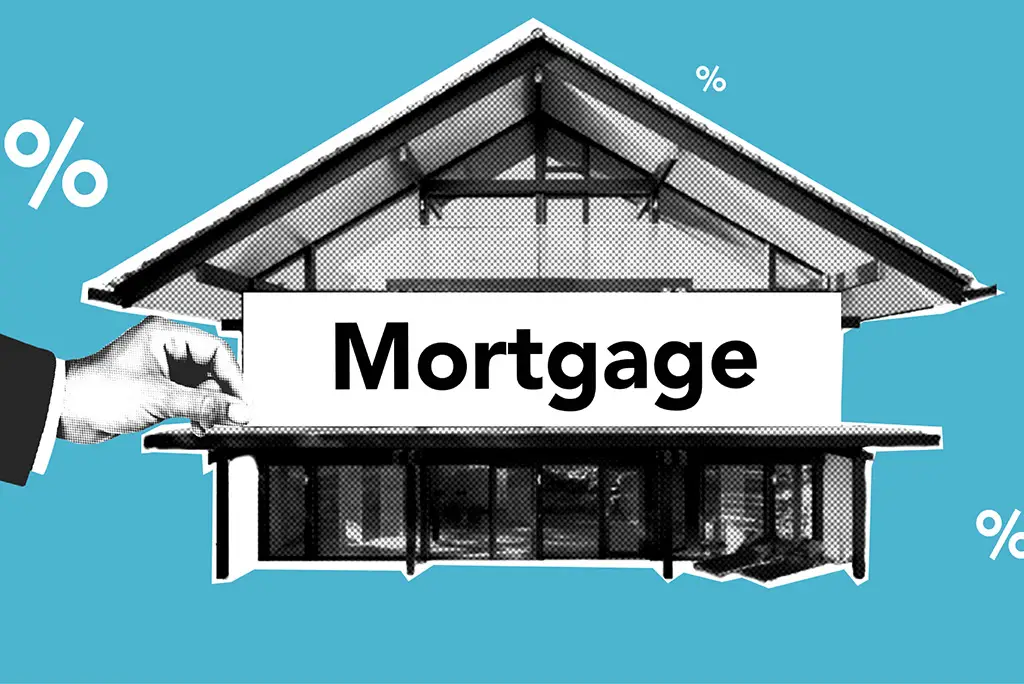The average interest rate for a 30-year fixed-rate mortgage, which dropped to less than 3% in January 2021, has currently risen above 7%. This high mortgage rate is discouraging many homeowners from contemplating selling their homes.
Given the prevailing interest rates, most homeowners would find themselves in a situation where they have to secure financing for a new home at a rate that exceeds their current mortgage rate. This would result in a substantial increase of several hundred dollars in their monthly mortgage payments. Consequently, this circumstance has created a strong motivation for homeowners to remain in their current residences.
Nicole Bachaud, a senior economist at Zillow, pointed out,
“Even if they were to purchase a less expensive house, their monthly payments would still increase. These homeowners who are already in possession of homes either lack the financial capability or the willingness to sell their current residence due to the unaffordability of obtaining a mortgage for a new one.”
The Magic Mortgage Rate
Recent reports have identified a crucial threshold: Homeowners are significantly more inclined to consider selling their homes when their mortgage rate reaches or exceeds 5%. Zillow’s research indicates that homeowners are nearly twice as likely to sell under these conditions. Moreover, a survey conducted by John Burns Research and Consulting highlights that 71% of prospective homebuyers who intend to finance their next home purchase with a mortgage are unwilling to accept a rate surpassing 5.5%. This rate is called the “magic mortgage rate” in the survey findings.
As the likelihood of interest rates decreasing in the near future is slim, a phenomenon known as the “golden handcuff effect” has emerged. Much like employers’ financial incentives to dissuade employees from departing a company, homeowners are now essentially tied to their homes due to the favorable terms of their low mortgage rates.
A lot of people have very low-rate mortgages
Many of today’s homeowners have mortgages carrying interest rates that are below 4% and, in some cases, even lower than 3%. This situation has arisen because they either purchased new homes or refinanced existing mortgages when interest rates reached historic lows during the COVID-19 pandemic.
Tomas Philipson, a professor of public policy studies at the University of Chicago and former acting chair of the White House Council of Economic Advisers, describes this current scenario as having “a stock of people sitting on very cheap mortgages.”
A separate survey by Realtor.com revealed that close to 82% of prospective homebuyers felt “locked in” by their current low-rate mortgages. This sentiment highlights how these favorable mortgage rates influence their housing market decisions.
Different from 1978-81 Doubling
Jacob Channel, a senior economist at LendingTree, remarked, “We are currently navigating uncharted territory in many respects.”
He also pointed out that between 1978 and 1981, mortgage rates experienced a similar doubling, going from approximately 9% to over 18%. This surge in rates prompted more homeowners to retain their properties. However, Channel highlighted the differences by noting that during the late 1970s, mortgage rates weren’t at record lows as they were before the recent increase, and home prices didn’t escalate as rapidly during that period.
A Golden Handcuff Effect for Sellers
Sellers face a “golden handcuff effect” due to the higher mortgage rates. Most homeowners today enjoy the benefit of mortgages with interest rates below 4% and even below 3%, thanks to the record-low rates during the initial year of the COVID-19 pandemic. Consequently, they are reluctant to move and forfeit these advantageous rates for higher ones.
Jiayi Xu, an economist at Realtor.com, highlighted recent data, indicating that nearly 82% of home shoppers feel constrained by their existing low-rate mortgages. Furthermore, approximately 1 in 7 homeowners who are not planning to sell their homes cite their current low mortgage rate as the reason for staying put. This phenomenon has contributed to a significant shortage of homes for sale, with new listings this year lagging behind last year’s pace by 20%.

